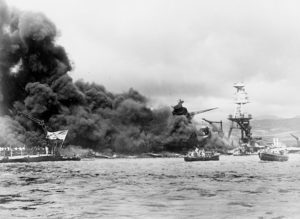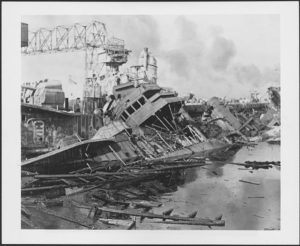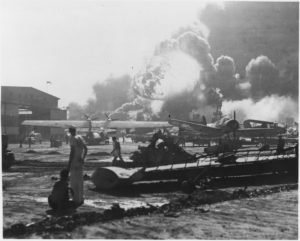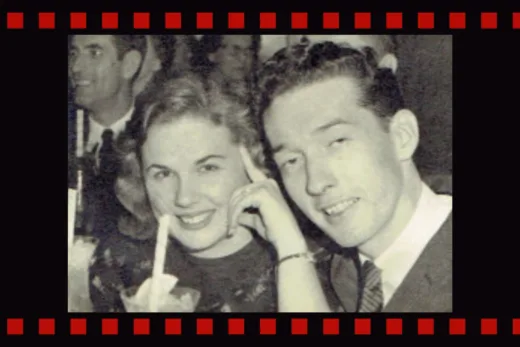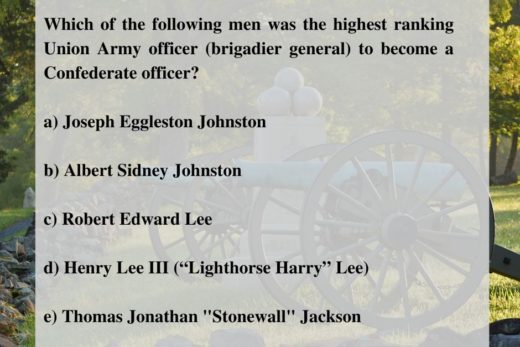The Days Prior to the Attack
Negotiations to come to an understanding between the United States and Japan took place through the autumn of 1941. Toward the end of November it had become apparent that no agreement was possible.
The government of Prime Minister Tōjō Hideki decided on war.
With the U.S. fleet out of action, the Japanese had plans for the conquest of all of Southeast Asia and the Indonesian archipelago.
The order for the attack was issued on November 5, 1941.
The impending attack was unknown to the Japanese Ambassadors in Washington, D.C.
December 7, 1941, Washington, D.C.
In the early morning, the Japanese Ambassadors received a coded message from Japan, and it took some time to decode.
The message indicating the Japanese intent to attack Pearl Harbor was delivered to the War Department between 9:00 and 10:00 am.
The Japanese Ambassadors had been instructed to ask for an interview with the Secretary of State at 1:00 pm.
Without going into detail, there was a complete mix-up of communications within the United States Military.
The warning did not reach Hawaii until after the attack had begun.
December 7, 1941, Pearl Harbor
At 7:48 am local time, 177 aircraft of the Imperial Japanese Navy attacked the United States Naval base at Pearl Harbor on the island of Oahu, Hawaii.
The Japanese intended to destroy and damage as much of the U.S. Pacific Fleet as possible.
In the first five minutes of the attack, four battleships were hit, including the USS Oklahoma and the USS Arizona.
The USS Arizona exploded after a bomb hit its gunpowder stores and she sank with more than 1,000 of its crew being killed.
USS Arizona’s death toll accounted for over 40% of the total deaths.
An hour later, there was a second attack by 163 Japanese aircraft.
Over a two-hour period, 21 U.S. warships had been sunk or damaged and about 200 aircraft were destroyed.
Including civilians, more than 2,400 Americans died in the attack and another 1,000 were wounded.
Every battleship in Pearl Harbor had sustained significant damage. All except two were salvaged and repaired.
None of the three Pacific Fleet’s aircraft carriers were at Pearl Harbor.
USS Nevada
The USS Nevada was the only battleship to get underway that morning. She was deliberately run aground off Hospital Point to avoid blocking the channel.
After repairs, she had many missions in the Pacific
USS Nevada served as the flagship for the D-Day invasion. The USS Nevada was the only ship present at both Pearl Harbor and Normandy.
December 8, 1941 – War
The day following the attack on Pearl Harbor, the United States declared war on Japan.
“… a date which will live in infamy …”
Repercussions in the United States
Both Admiral Kimmel and Lieutenant General Short were relieved of duty.
Almost immediately after the assault, the president appointed a commission headed by U.S. Supreme Court Justice Owen J. Roberts to examine the facts and to fix responsibility.
At a later date both Army and Navy boards reviewed the problem.
In 1946 a full-scale congressional investigation took place.
The attack on Pearl Harbor was thoroughly examined and had a wide divergence of opinion expressed.
Read more:
Today in History – December 7 | Library of Congress (loc.gov)
Pearl Harbor: Attack, Deaths & Facts | HISTORY
What Happened At The Pearl Harbor Attack 1941? | Imperial War Museums (iwm.org.uk)
Battleship Row – Pearl Harbor National Memorial (U.S. National Park Service) (nps.gov)
